OSRAM Industrial Automation
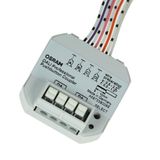


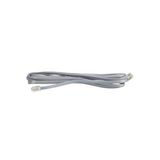


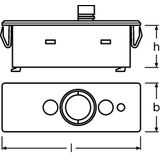
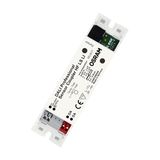
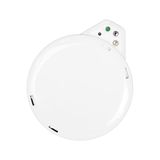
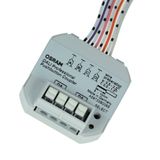


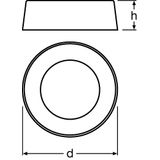
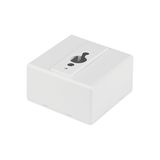
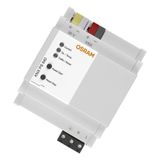
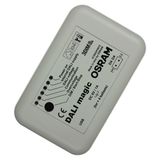
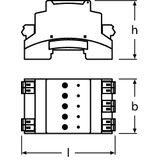

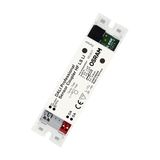
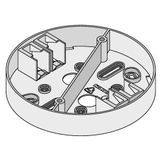


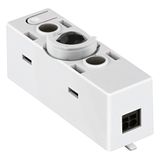
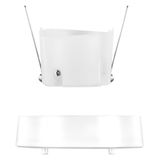
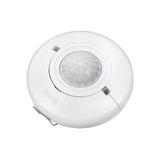
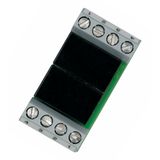
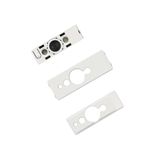
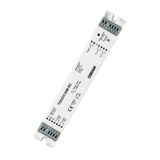
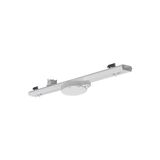
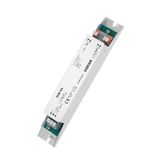

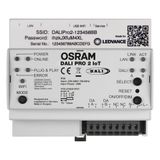


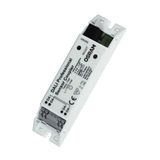

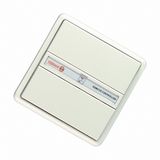




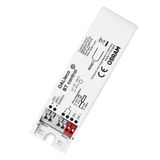
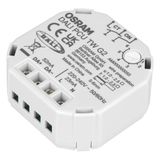
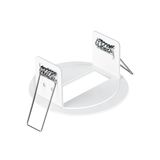
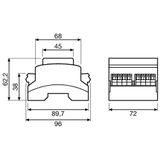
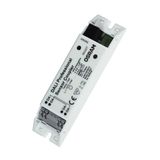
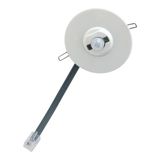
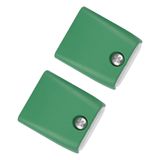
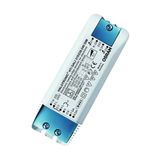
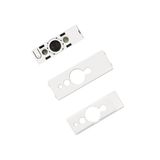
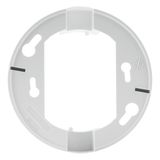
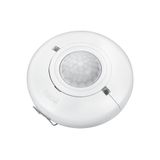
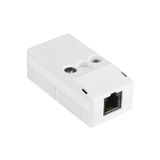
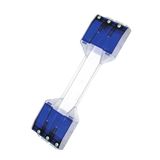

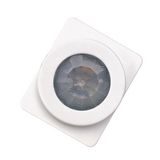
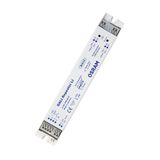
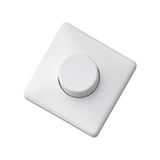
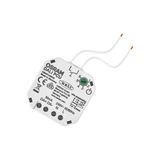
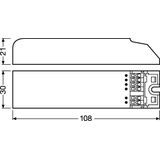
-
-
1
- 2
-
OSRAM Automatics and Control — Lighting Intelligence for Professional Systems
OSRAM automatics and control devices form the core of modern lighting management — from basic sensor modules to programmable smart controllers. In B2B projects, the right control gear reduces energy costs by up to 60 %, stabilizes power loads, and extends luminaire lifetime. The range covers everything from motion and daylight sensors to DALI controllers and wireless gateways, giving engineers a full toolbox for lighting automation in offices, warehouses, and public facilities.
OSRAM Control Modules — Core of Lighting Management
Control modules are used to process sensor signals and regulate drivers or ballasts.
Typical models operate on 230 V AC mains and manage 1–10 V, DALI, or PWM control outputs.
Key electrical parameters:
- Supply voltage: 220–240 V AC, 50/60 Hz.
- Control output: up to 2 × DALI channels or 3–4 PWM lines.
- Load capacity: 400–800 W depending on type.
- Operating temperature: –25…+50 °C for most indoor models.
- Protection rating: IP20 or IP40 for control cabinets; IP65 for sensor-integrated units.
These modules ensure stable dimming curves, avoid flicker under low load, and support emergency-lighting signals via digital bus lines.
OSRAM Lighting Control Systems for Large Projects
For commercial buildings and industrial halls, OSRAM provides modular DALI-based architectures:
- DALI Professional / DALI Pro 2 IoT: central controllers for up to 128 devices per bus, expandable to 512 through gateways.
- DALIeco and TouchDIM units: compact controllers for 2–4 channels in small rooms or corridors.
- Smart lighting gateways: integrate Zigbee, Bluetooth, or KNX for hybrid networks.
Each system supports daylight harvesting, occupancy logic, and time-based scenarios. The built-in energy logging can cut operational consumption by 30–60 % compared to fixed-output setups.
OSRAM Smart Lighting Automation — From Sensors to Cloud
OSRAM’s SENSORtrack, HubSense, and DALI Pro IoT families bridge sensors, drivers, and cloud dashboards.
- SENSORtrack: for continuous presence and daylight control in open offices (detection radius up to 8 m, ambient light range 1–2000 lx).
- HuSense: Bluetooth-based control using mobile app setup; ideal for retrofits where no DALI wiring exists.
- DALI Pro IoT: connects to building automation systems via API; enables centralized monitoring of scenes, energy, and maintenance cycles.
Data ccuracy: light measurement tolerance ±10 %; occupancy trigger <1 s response; typical standby <0.5 W.
OSRAM Sensor Control Units — Precision and Safety
Motion, brightness, and presence sensors ensure efficient switching and dimming.
Common sensor heads operate at 230 V AC or DALI bus 16 V DC, with outputs rated for 10 A resistive load.
Typical sensor specs:
- Detection angle: 90–360°.
- Mounting height: 2.5–12 m (high-bay variants).
- Lux range: 1–2000 lx adjustable.
- Delay range: 5 s–30 min programmable.
- Temperature range: –25…+55 °C.
OSRAM sensors feature EMC filtering per EN 55015 / EN 61000, with inrush protection and zero-cross switching to protect drivers and relays.
Comparison: OSRAM Control Tiers
Application | OSRAM solution | Devices per unit | Key advantage |
| Small rooms, corridors | DALIeco / TouchDIM | 2–4 | Simple wiring, push-button setup |
| Offices, schools | DALI Professional | up to 128 | Scalable logic and daylight linking |
| Factories, warehouses | SENSORtrack + DALI Pro | up to 512 | High mounting height, presence + daylight |
| Retrofits | HubSense (Bluetooth) | up to 200 nodes | Wireless setup, app commissioning |
OSRAM Integration with Lighting Systems
All OSRAM control devices comply with IEC 62386 (DALI), EN 61347, and EN 61547 (EMC immunity).
Control lines can run up to 300 m at 1.5 mm², with automatic addressing in most DALI controllers.
Most modules allow combination with emergency-lighting circuits and KNX via gateway.
Typical wiring rule: total DALI bus current ≤ 250 mA; up to 64 gear units per channel without repeater.
Buyer Checklist for OSRAM Automation Gear
- Define control logic: On/Off, 1–10 V, DALI, or Bluetooth Mesh.
- Count fixtures per group: match DALI bus limit (≤ 64).
- Select sensors: presence vs motion, detection radius, mounting height.
- Specify environment: IP20 interior, IP65 warehouse, or outdoor.
- Ensure compatibility: driver control type (DALI, PWM, 1–10 V)
- Include standby budget: sum < 1 W per control node for energy audits
- Prepare documentation: IEC 62386 conformity, CE declaration, wiring diagram
Comon mistakes: mixing 1–10 V and DALI lines in one conduit; using wrong IP sensor indoors; exceeding DALI current; skipping bus termination in long lines.